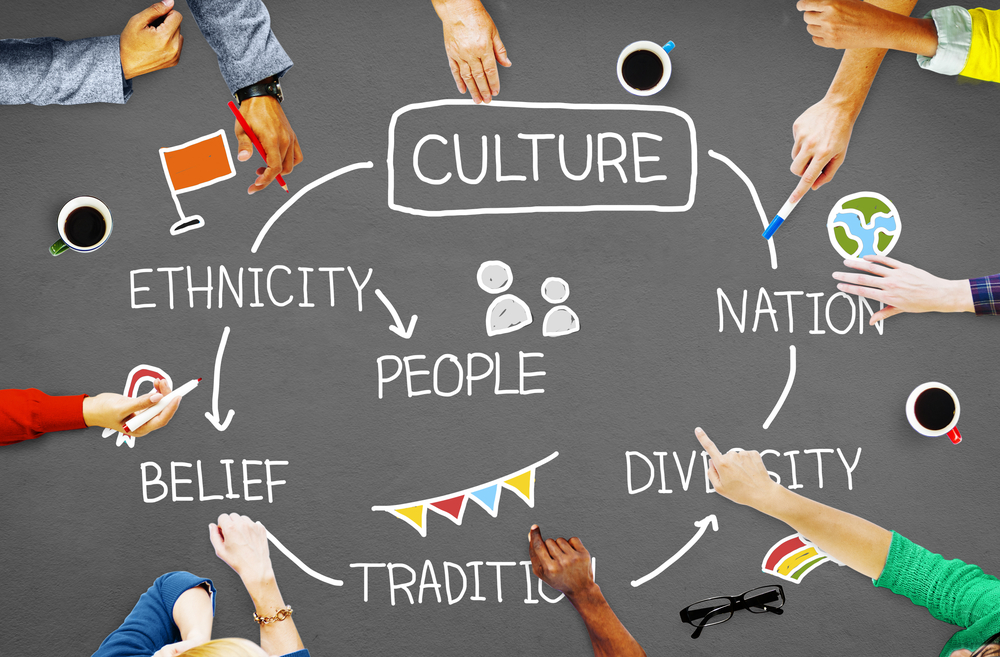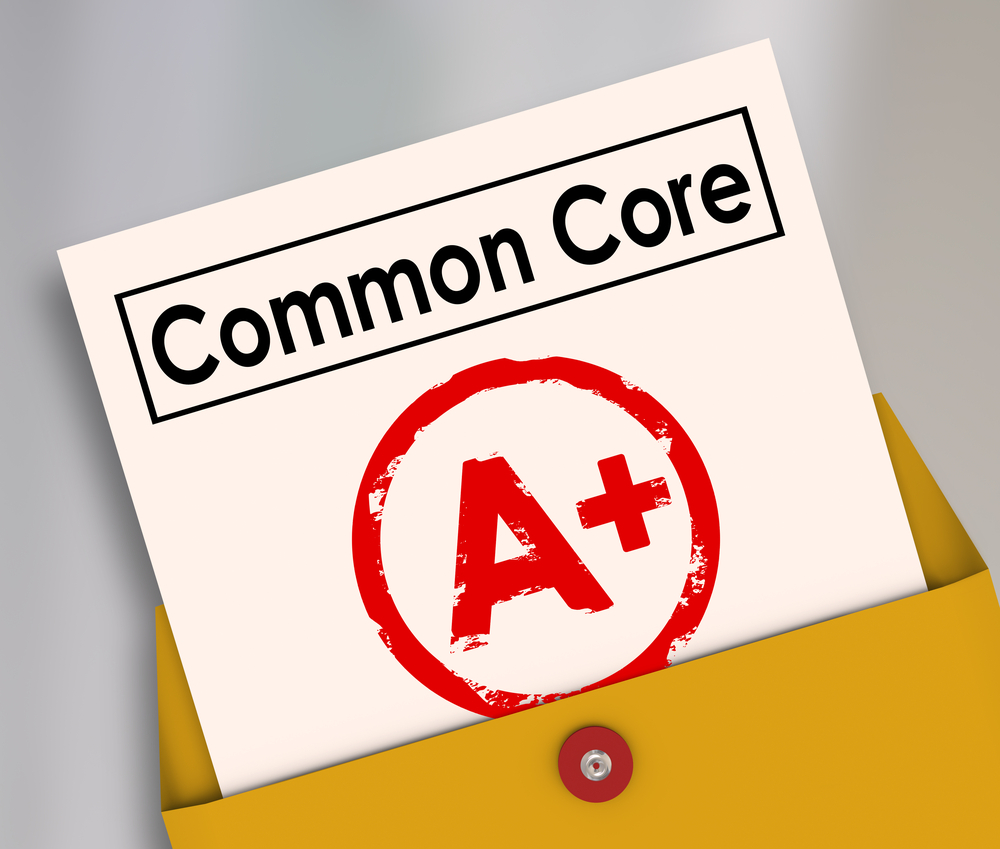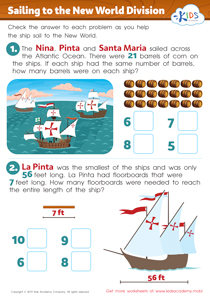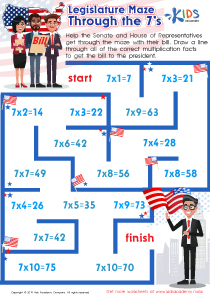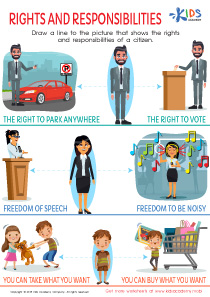Vocabulary Building Normal Community Worksheets for Ages 4-6
3 filtered results
-
From - To
Unlock the joy of learning with our "Vocabulary Building Normal Community Worksheets" designed specifically for children aged 4-6. These engaging worksheets help young learners explore essential vocabulary related to community life. Each activity is thoughtfully crafted to enhance language skills through interactive exercises, including matching words with pictures, filling in blanks, and coloring fun illustrations. Our resources not only foster vocabulary expansion but also promote a deeper understanding of social concepts, encouraging kids to connect words to their everyday experiences. Perfect for classroom or home use, these worksheets empower young minds to confidently communicate and understand their community better!
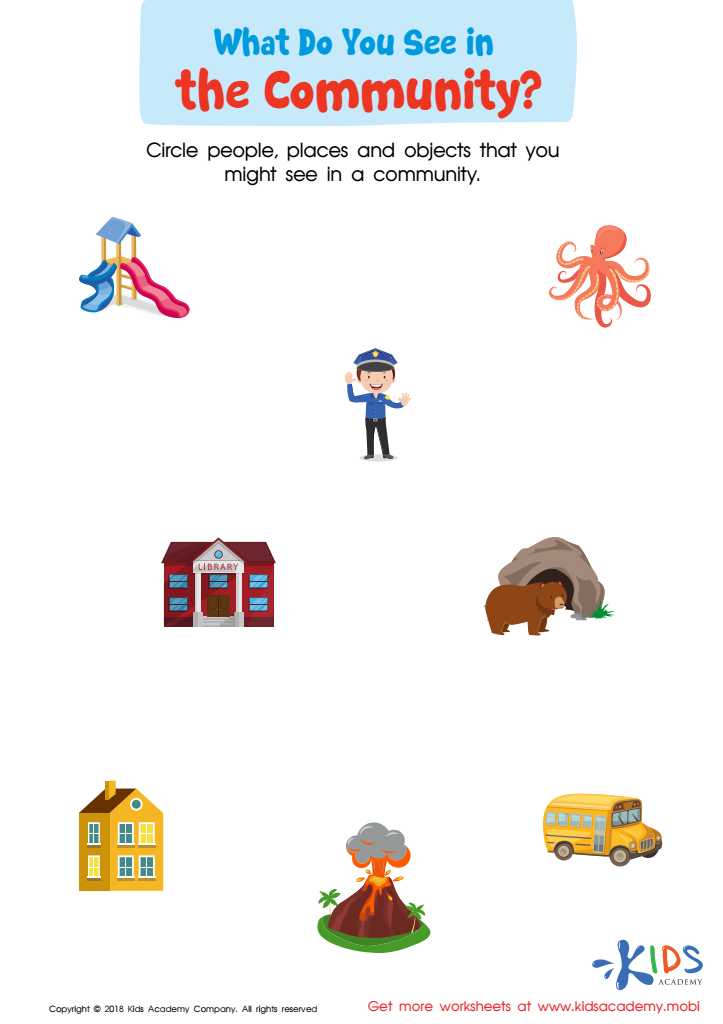

What Do You See in the Community Worksheet
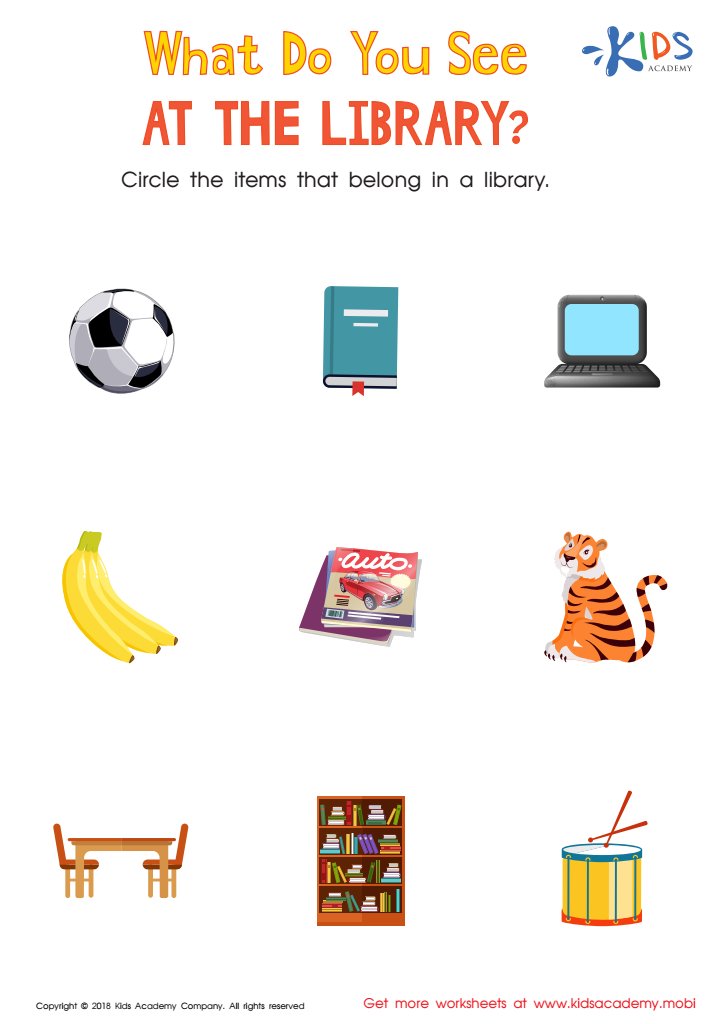

What Do you See at the Library? Worksheet
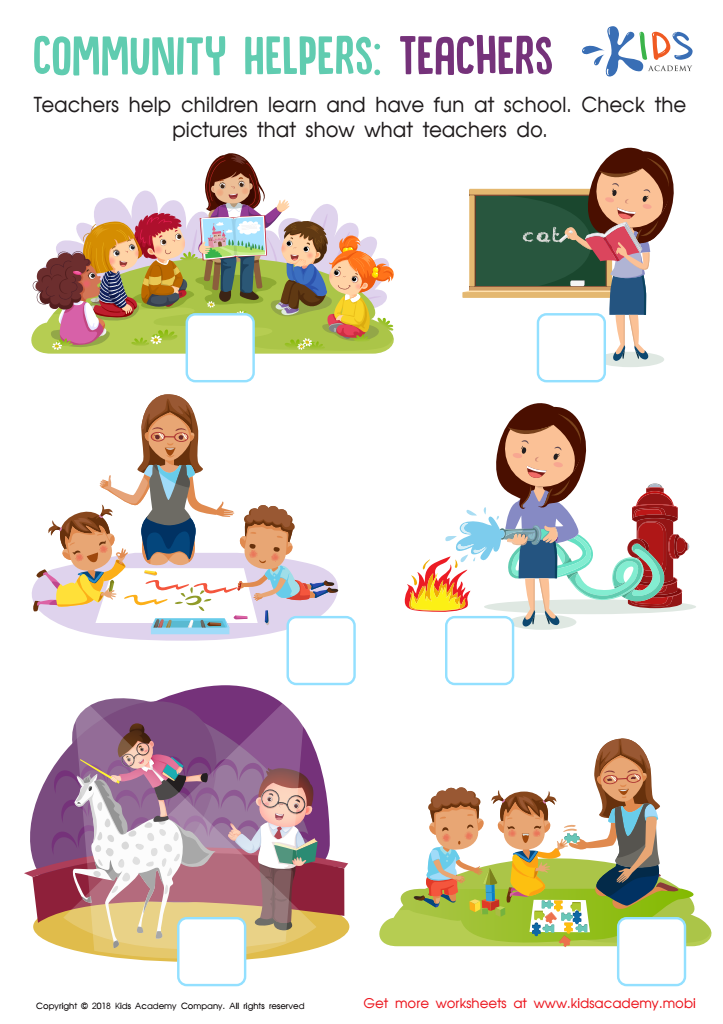

Teachers Community Helpers Worksheet
Vocabulary building in early childhood, particularly within a normal community setting for ages 4-6, is essential for several reasons. First, it underpins language development, enabling children to express their thoughts, needs, and emotions effectively. As they increase their vocabulary, they also enhance their comprehension skills, which are critical as they progress to more complex reading and writing tasks in later grades.
Moreover, a rich vocabulary fosters cognitive development, helping young learners think critically and expand their understanding of the world. Engaging with diverse words in various contexts encourages creativity and imagination.
Additionally, vocabulary-rich environments promote social skills, allowing children to communicate better with peers and adults. This social interaction is essential for building relationships and navigating social dynamics.
For parents and teachers in a community, cultivating vocabulary development can create a supportive learning atmosphere. Activities like storytelling, conversations, and educational games can contribute to a positive educational experience, increasing children’s confidence and enthusiasm for learning. In essence, prioritizing vocabulary building can lead to long-lasting academic and social benefits, creating a solid foundation for future success.
 Assign to My Students
Assign to My Students


